Blog
The constant (over)flow of data and trying to make it useful
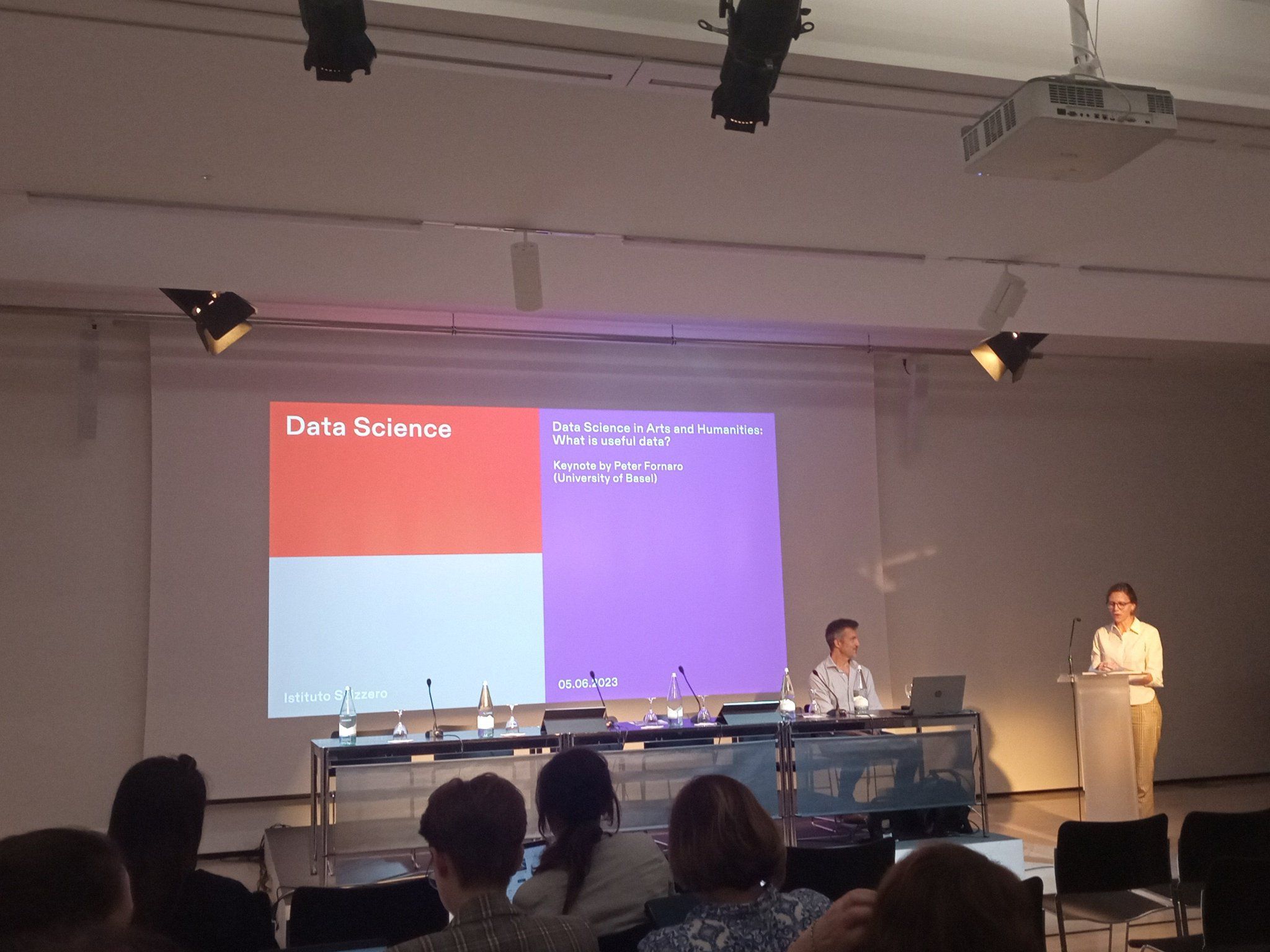
It should come as no surprise to anyone that we are currently living in the age of data. Data that is constantly generated through everyday items such as our phones, computers and even some newer home appliances. This data is not stationary, but constantly flowing through the ether in between interconnected devices and endpoints. But data is not only responsible for mak...
Let's talk about standards – A write-up of a discussion on metadata standardization in the Digital Humanities
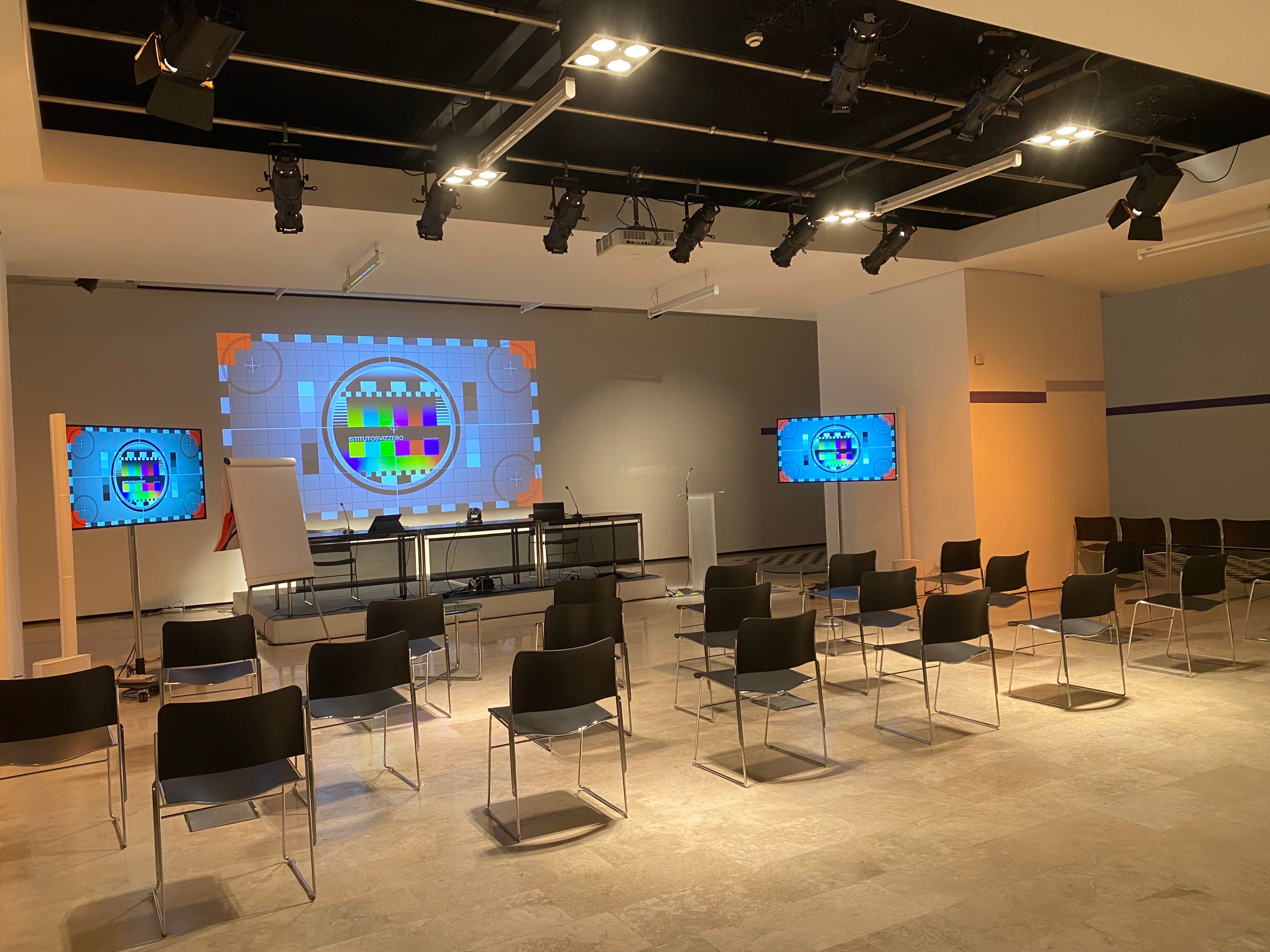
Standardized schemas that can be used to describe, deliver, and annotate all different kinds of digital and physical objects to make data usage possible across projects and institutions has been and is part of a vast number of research projects. Examples include the development of the Dublin Core metadata schema in the mid-90s, ...
SUMMER SPECIAL TOPIC - Visualizing the Virus
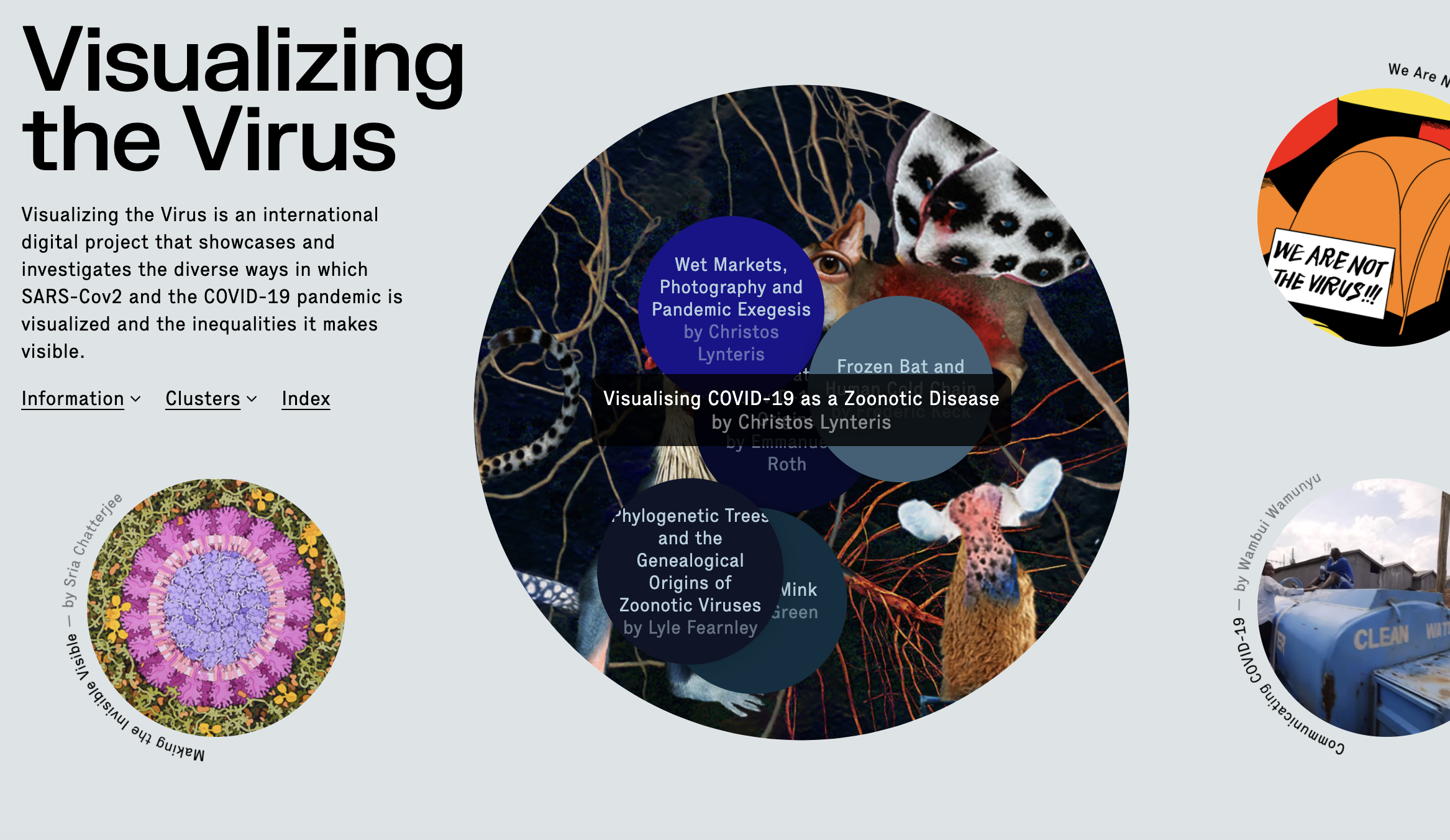
For the summer vacations I would like to present a special project - this project does not originate from our kick-off event in Rome - but belongs to the kick-off of the new DH-Power in Switzerland....
Without an observer, all works of art are worthless
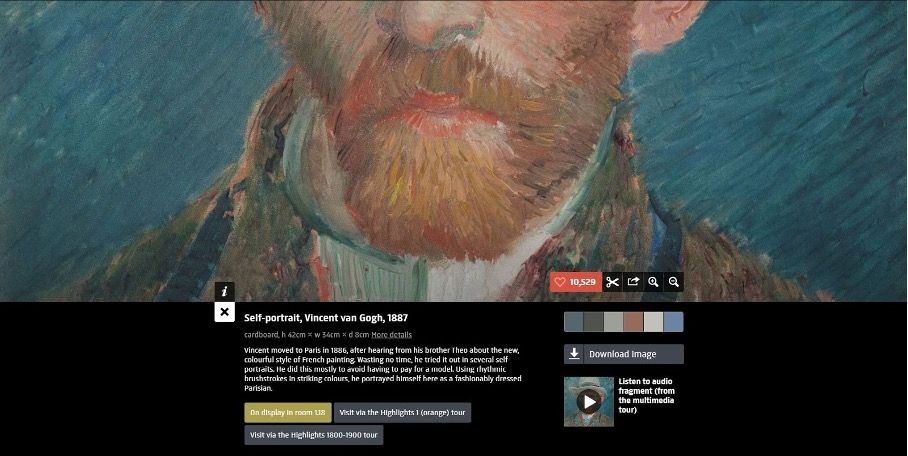
In both the analog and digital world, art relies on viewers to convey meaning. In the midst of an ever-increasing amount of data in the digital space, how do you ensure that digital collections remain visible?...
Outliers in the Visualization of a Digital Collection – Real and Alleged Errors in Data
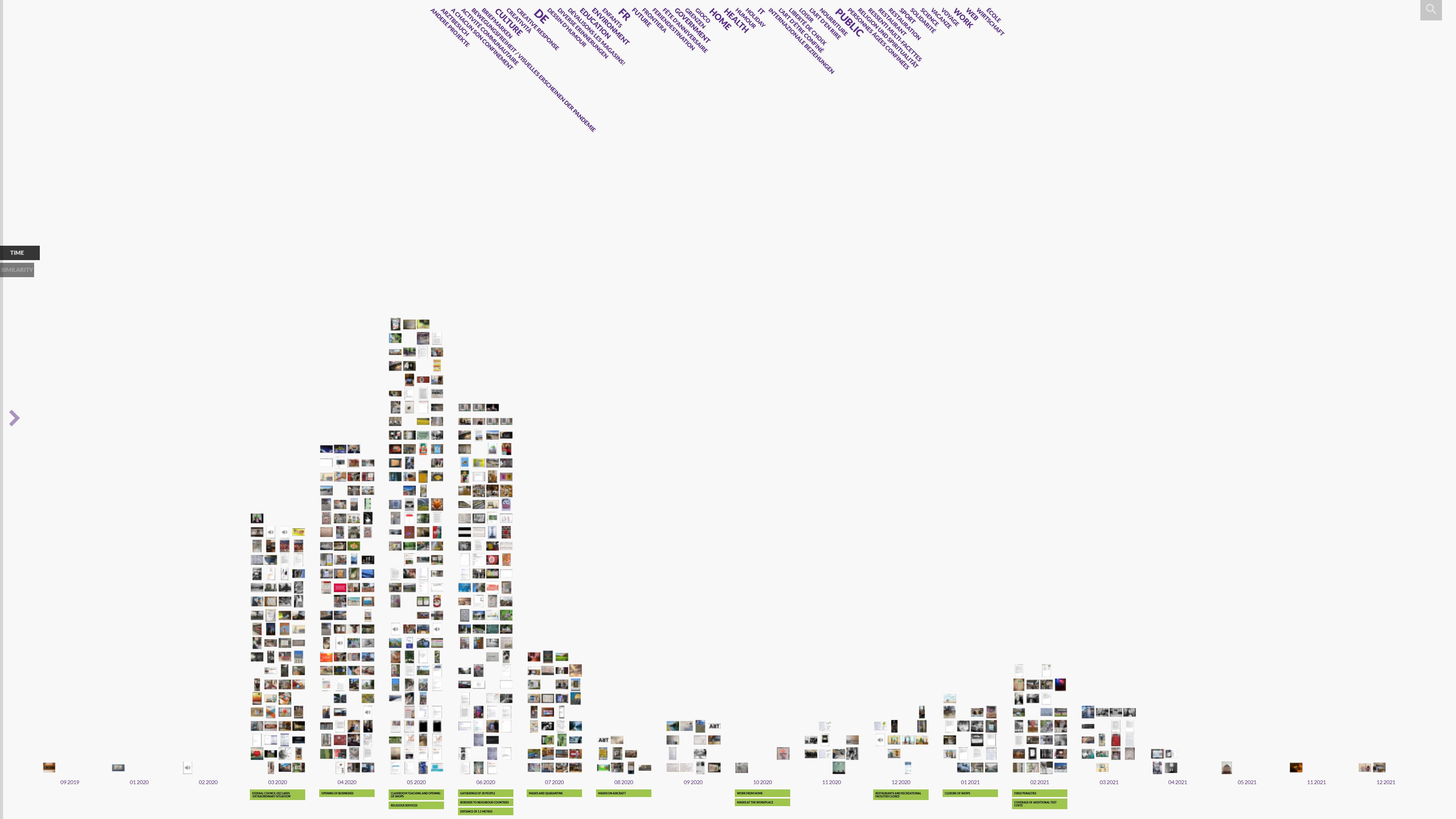
Data visualization with images and metadata offers a different insight into digital cultural collections than just using a search interface to access the records in the database. Visualizations make patterns and relationships visible that would not be perceived by simply looking through the records of some objects. VIKUS View...